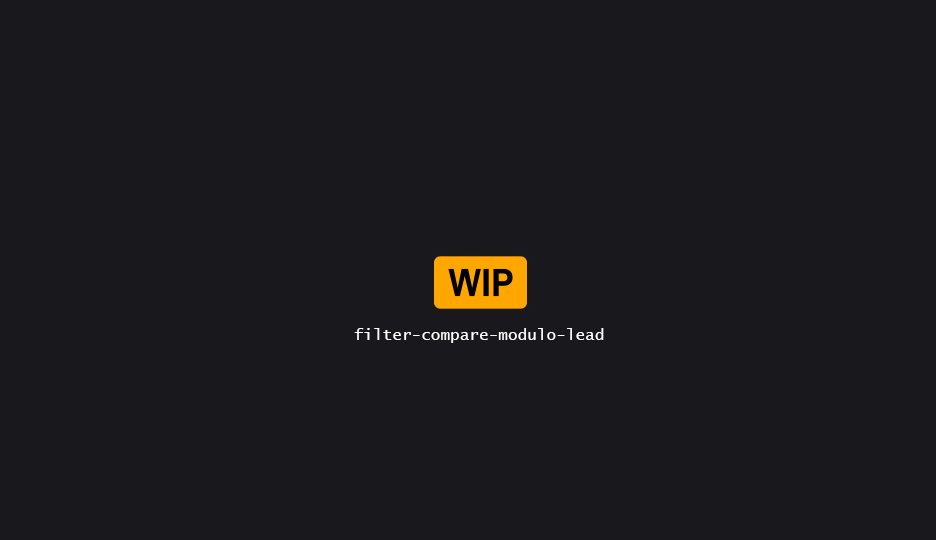A single filter definition
Table of content
The Modulo Filter compares the modulo of two values against a third.

Properties
| Property | Description |
|---|---|
| Operand A | |
| Operand A | The first attribute of the comparison. |
| Operand B | |
| Operand B Source | Type of operand B. Can be a per-point Attribute, or an easily overridable Constant. |
| Compare B (Constant or Attribute) | Operand B used for modulo. |
| Comparison | |
| Comparison | How to compare the two A % B against C.See Numeric comparisons. |
| Operand C | |
| Compare Against | Type of operand C. Can be a per-point Attribute, or an easily overridable Constant. |
| Operand C | Attribute that contains the per-point operand B value. |
| Operand C (Constant or Attribute) | Operand C. This value will be tested against the modulo’ result. |
| Tolerance | Equality tolerance for near-value comparisons. |
Comparison modes
| Comparison | Data |
|---|---|
| == | Strictly equal. |
| != | Strictly not equal. |
| >= | Equal or greater. |
| <= | Equal or smaller. |
| > | Strictly greater. |
| < | Strictly smaller. |
| ~= | Nearly equal. |
| !~= | Nearly not equal. |
Approximative comparison will reveal an additional parameter, dubbed
Tolerance. This represents the size of acceptable approximation for the comparison to pass. For example, when checking if0.5 ~= 0.4with a tolerance of0.1will returntrue.
Large tolerances can be a great, cheap way to achieve results akin to a “within range” comparison!